Choosing the right size mirror for your bathroom vanity might seem like a simple task, but it’s one of those design decisions that can greatly impact the look and feel of your space. The right mirror size can elevate your bathroom’s style and functionality, making it feel spacious, balanced, and perfectly put together. But how do you know what size is best for your vanity? Don’t worry—we’re here to break it all down for you.
l Introduction
l Importance of Finding the Right Mirror Size
l Guidelines for Mirror Sizes Over Vanities
l Matching Mirrors With Vanity Styles
l Installation Tips for Bathroom Mirrors
l Benefits of Choosing the Perfect Vanity Mirror
l FAQs
Whether you’re renovating a bathroom, upgrading your existing vanity, or simply refreshing the look with a new mirror, this guide will help you find the perfect vanity mirrors for bathroom designs that suit your needs. We’ll cover everything from ideal dimensions to installation tips and answer all those nagging questions you might have about this essential design choice.
Why Is Finding the Right Mirror Size Important?
If you’ve spent hours scrolling through Pinterest or home improvement websites, you’ve likely noticed that the mirror you choose can truly transform the overall aesthetic of your bathroom. The right-sized mirror:
· Provides proper functionality for grooming and daily tasks.
· Creates visual balance with your vanity and other fixtures.
· Reflects natural and artificial light, making spaces appear larger and more welcoming.
· Compliments your style, whether modern, traditional, or transitional.
Conversely, the wrong mirror size can throw off the balance of your design, appearing too small, too overpowering, or just plain awkward.
General Guidelines for Mirror Sizes Over Vanities
While there’s no one-size-fits-all answer for vanity mirrors for bathroom spaces, here are some general rules to keep in mind:
1. Mirror Width
To match or not to match the width? That’s the question.
· Ideally, your mirror should be smaller in width than your vanity. A good rule of thumb is to make the mirror 2-4 inches narrower than the width of the vanity to ensure proper alignment and a clean look.
§ Example for a 48-inch vanity? Look for a mirror width between 40 and 46 inches.
· Mirrors that are the exact same width as the vanity can also work—but this style requires careful alignment with lighting fixtures and sink placement for a cohesive appearance.
· If you’re using double sinks, consider two separate mirrors instead of one large mirror for balanced visual appeal.
2. Mirror Height
Mirror height largely depends on your ceiling height and personal preference. However, here’s a good starting point:
· The mirror should ideally extend 12–18 inches above the vanity counter.
· If you have taller ceilings, you can go higher to reflect more wall space and add light to the room.
· Place the bottom edge of the mirror 5–10 inches above the sink, giving you enough clearance for fixtures and easy cleaning without awkward gaps.
3. Mirror Shape
The shape of the mirror is just as important as its dimensions:
· Rectangular Mirrors are the classic choice for practicality and timeless style.
· Round or Oval Mirrors soften the look and work great in smaller or more contemporary bathrooms.
· Arched or Unique Shapes add a luxurious, high-end feel, especially if you’re aiming to create a spa-like atmosphere.
Matching Mirrors With Vanity Styles
Your vanity and mirror should feel like they belong together, even if they aren’t an exact match. Whether your vanity is minimalist and modern or ornate and traditional, consider how the two pieces will complement one another. Here are some tips for pairing the right vanity mirrors for bathrooms styles with your vanity:
Modern Vanities
§ Opt for sleek, frameless mirrors or mirrors with minimalist frames that maintain clean lines.
§ Longer mirrors that span the wall can amplify the modern, streamlined effect.
Traditional Vanities
§ Decorative mirrors with elegant frames in metallic, wood, or antique finishes work beautifully here.
Floating Vanities
§ Large rectangular or oval mirrors enhance the open and airy feel of floating vanities.
Double-Sink Vanities
§ Use two identical mirrors centered over each sink, or one expansive mirror extending across both sinks.
Installation Tips for Bathroom Mirrors

Now that you’ve chosen the perfect-sized mirror, you’ll want to make sure it’s installed correctly. Improper placement can ruin even the best design choice. Here are some quick tips for proper installation:
· Position at Eye Level: The center of the mirror should align roughly with your face (typically 60–65 inches from the floor).
· Don’t Block Light Fixtures: Ensure any wall-mounted lights or sconces don’t cast shadows or block essential reflection areas in the mirror.
· Consider Wall Space: If your mirror is small, complement it with artwork or floating shelves to avoid “empty wall” syndrome.
· Secure It Properly: Use heavy-duty anchors or brackets, especially if your mirror is large or overly heavy.
Benefits of Choosing the Perfect Vanity Mirror
Still on the fence about getting your measurements just right? These benefits might convince you:
· Enhanced Daily Functionality
From shaving to applying makeup, a properly sized mirror improves everyday tasks by ensuring enough reflective surface for clear visibility.
· Maximized Space
Large mirrors can make small bathrooms appear spacious by reflecting light and creating an illusion of depth.
· Polished Aesthetic
A well-proportioned mirror brings every element of your bathroom together, making it feel cohesive and highly designed.
· Energy Efficiency
Reflecting natural and artificial light reduces your reliance on additional lighting, which can slightly lower energy usage.
Frequently Asked Questions
1. Can My Mirror Be Bigger Than My Vanity?
Technically, yes, but it’s not recommended unless you're going for a bold, unique design style. Mirrors that are wider than the vanity can look unbalanced and may overpower the space.
2. How Do I Choose A Frame for My Vanity Mirror?
The frame should reflect your bathroom’s theme and not clash with other finishes (like faucets or light fixtures). For example:
· Polished chrome for contemporary spaces.
· Worn wood for farmhouse or vintage styles.
· Metallic tones (gold, brass) for luxurious, glamorous vibes.
3. Should I Use a Mirror with Built-in Lights?
Built-in lights are fabulous for modern spaces and bathrooms with low lighting. They streamline the look of the mirror while providing excellent task lighting.
4. What Type of Mirror is Best for Tiny Bathrooms?
Go for large, frameless mirrors or round mirrors to make the space feel bigger and brighter.
Your vanity mirror isn’t just a functional tool; it’s an essential design piece that sets the tone for your bathroom. By choosing the correct size, shape, and style, you can create a space that’s both practical and stylish.
Take the time to measure your vanity and plan your design—it will pay off in a bathroom that feels balanced and beautiful. After all, the right vanity mirrors for bathroom choices are all about finding harmony between form and function.
If you're ready for your next upgrade, explore your options and make your bathroom design dreams a reality!


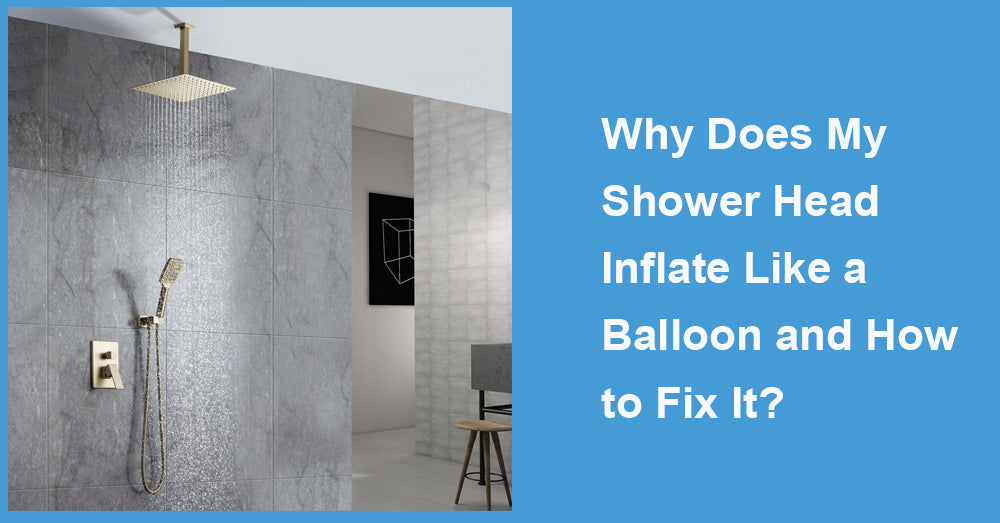
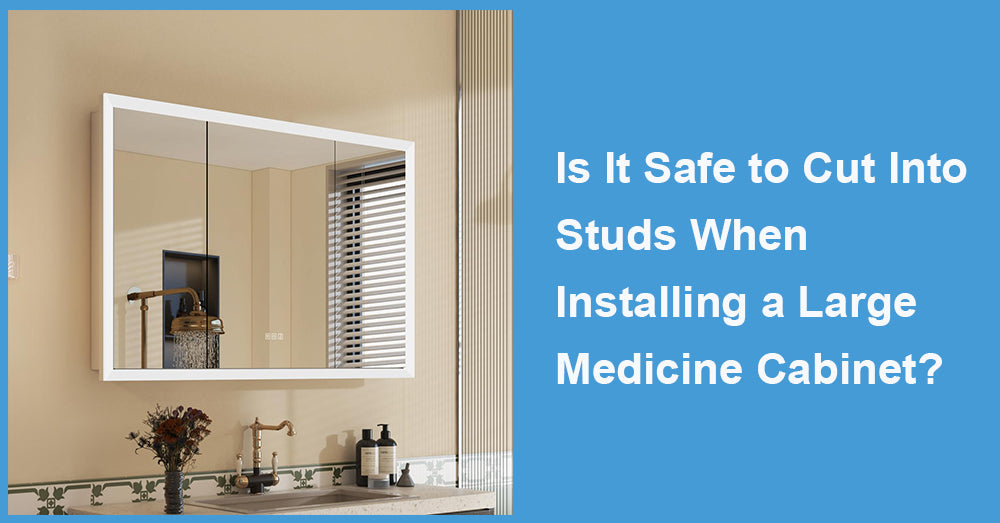
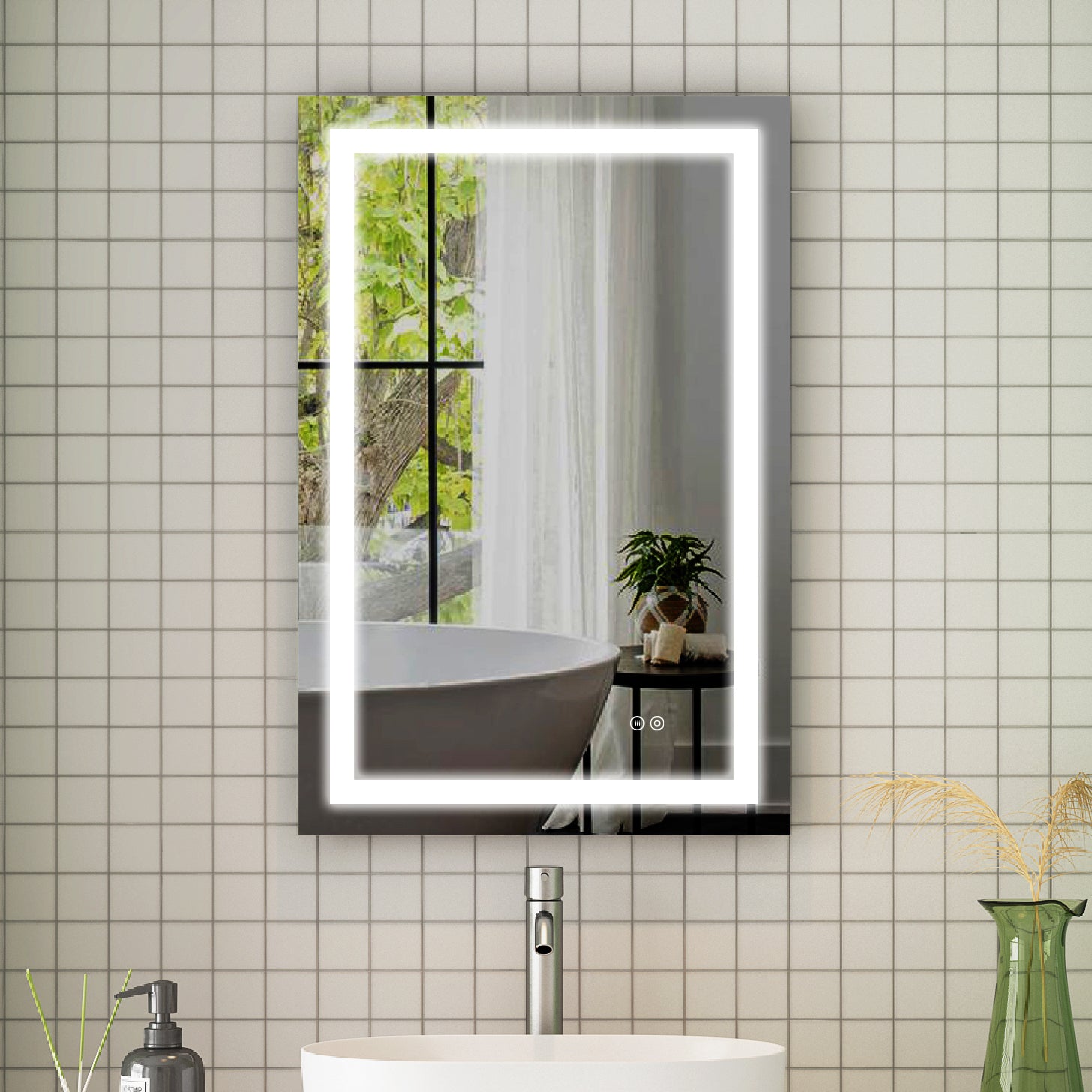
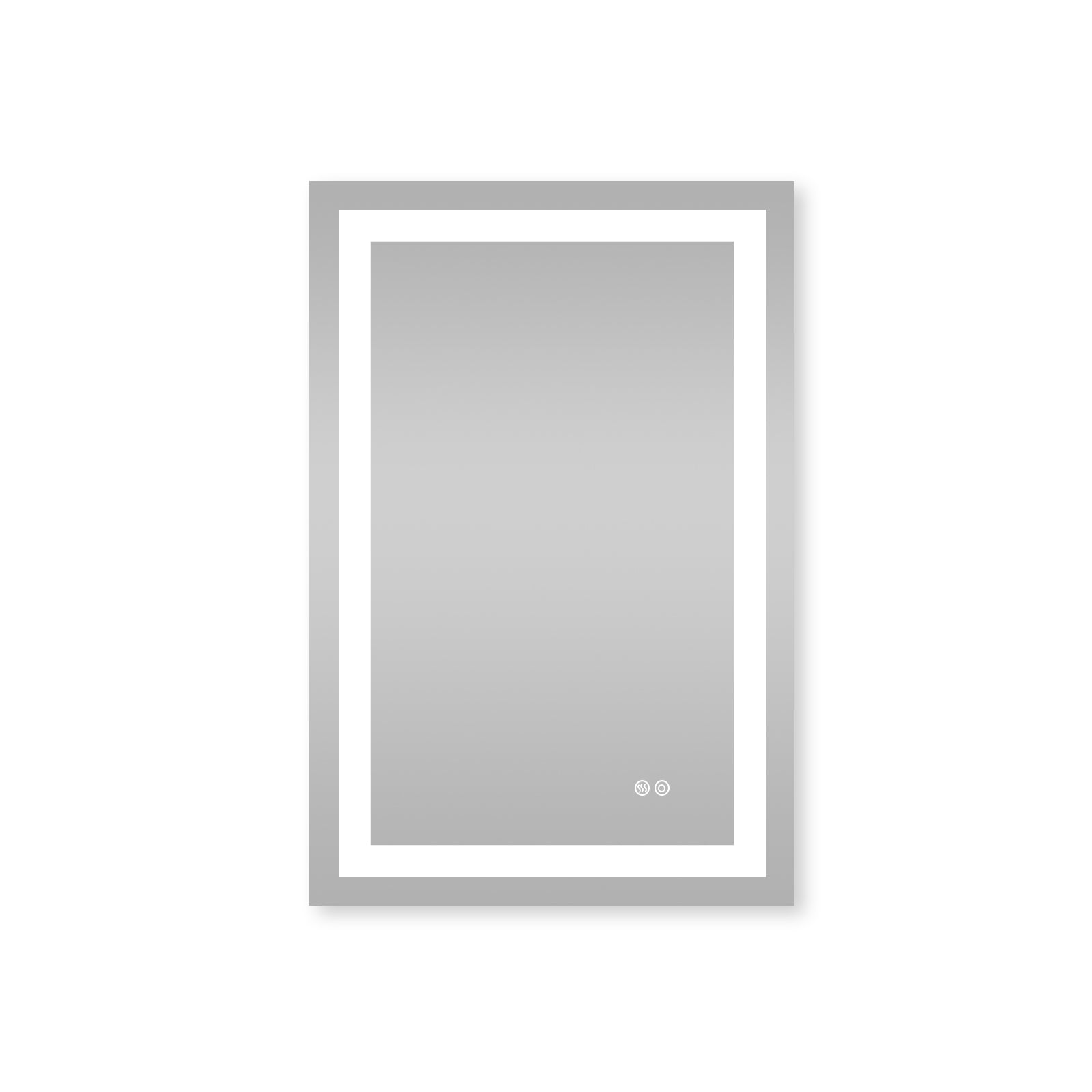
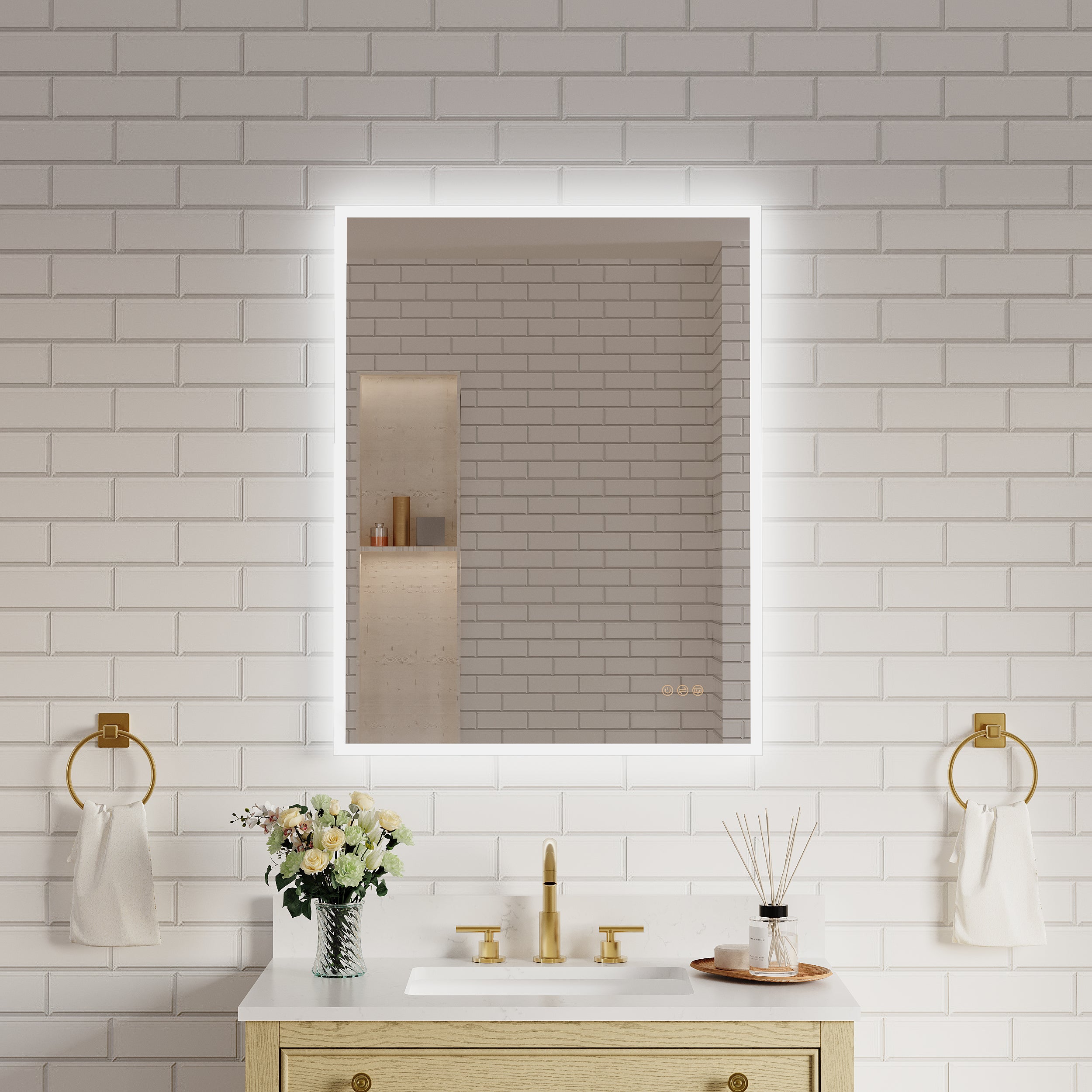
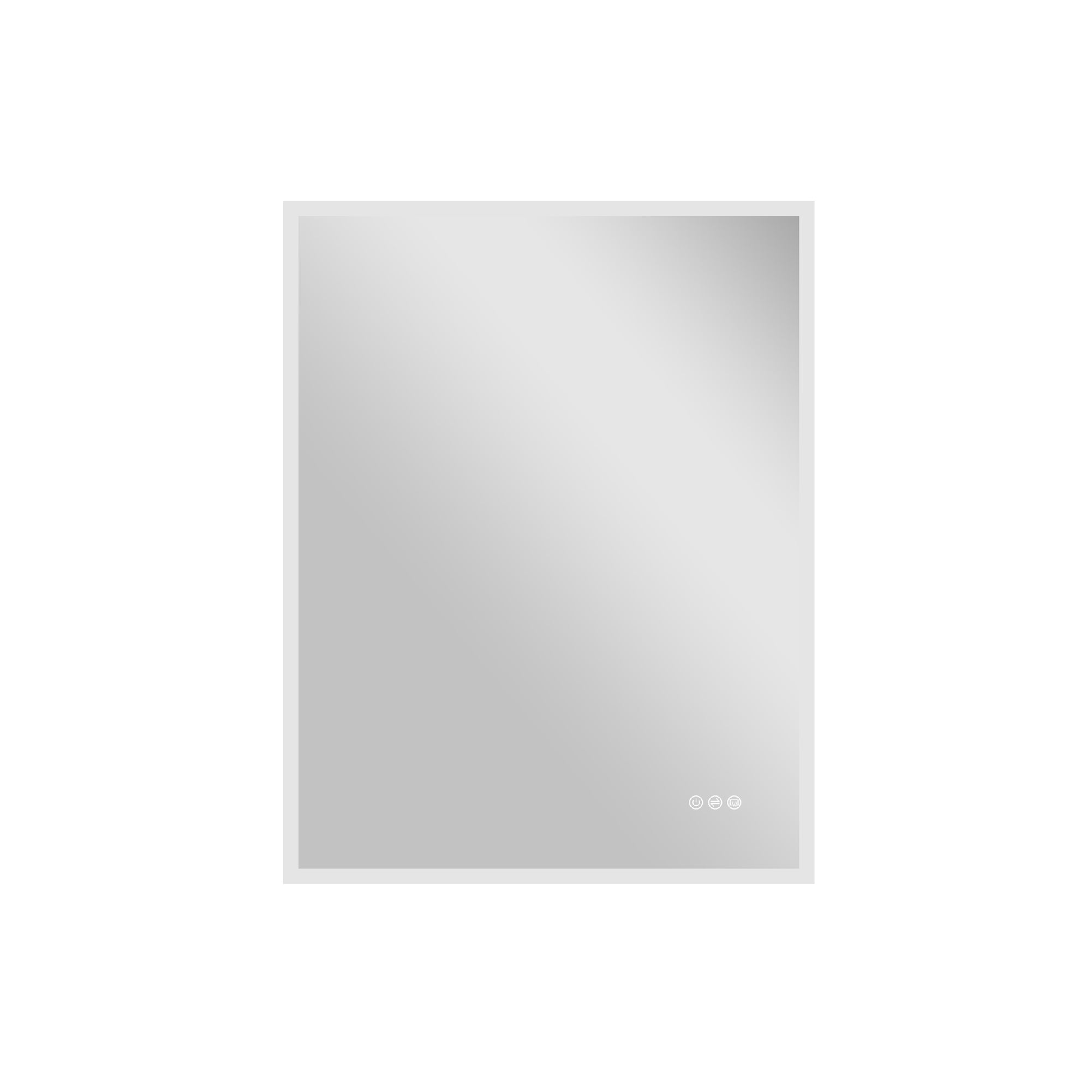
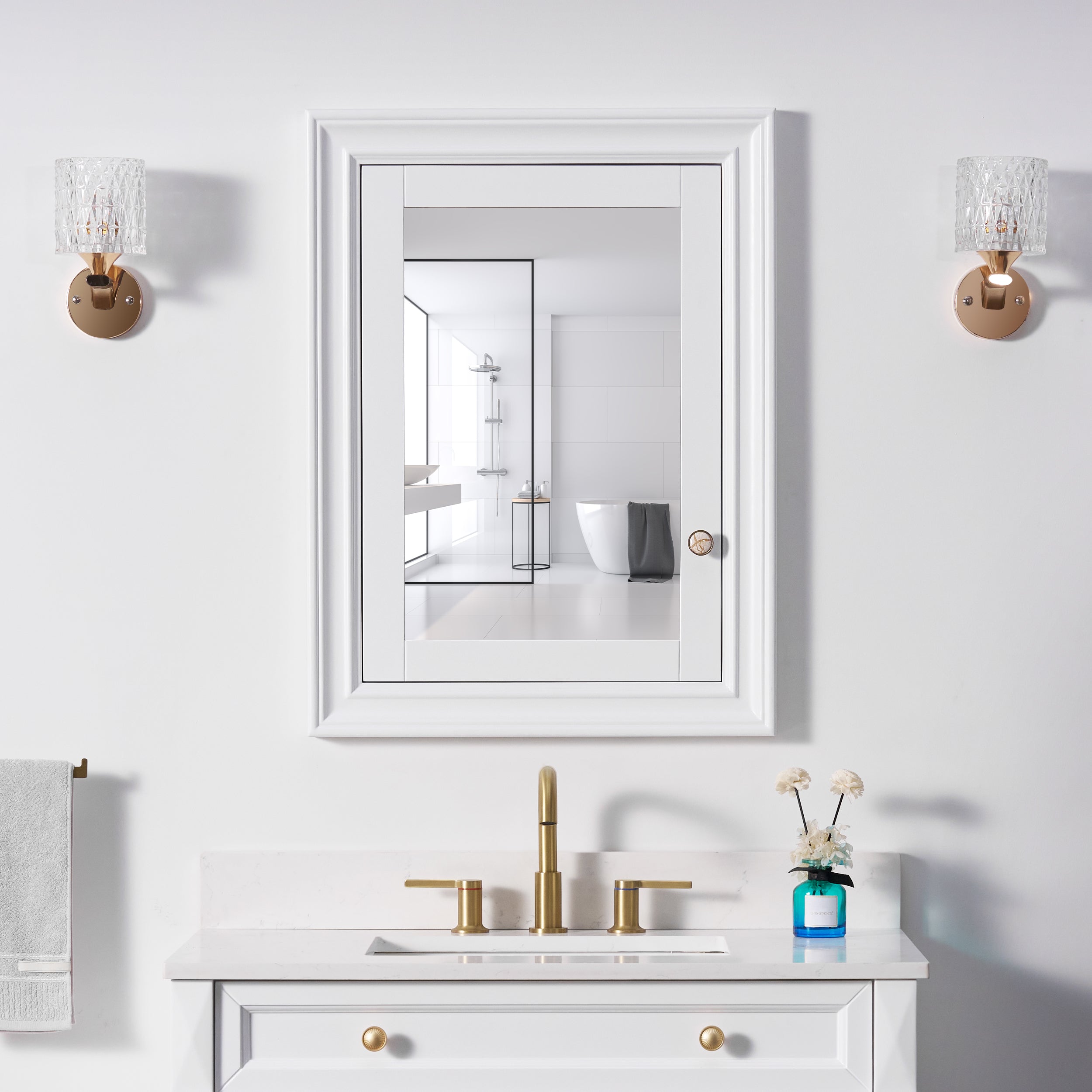
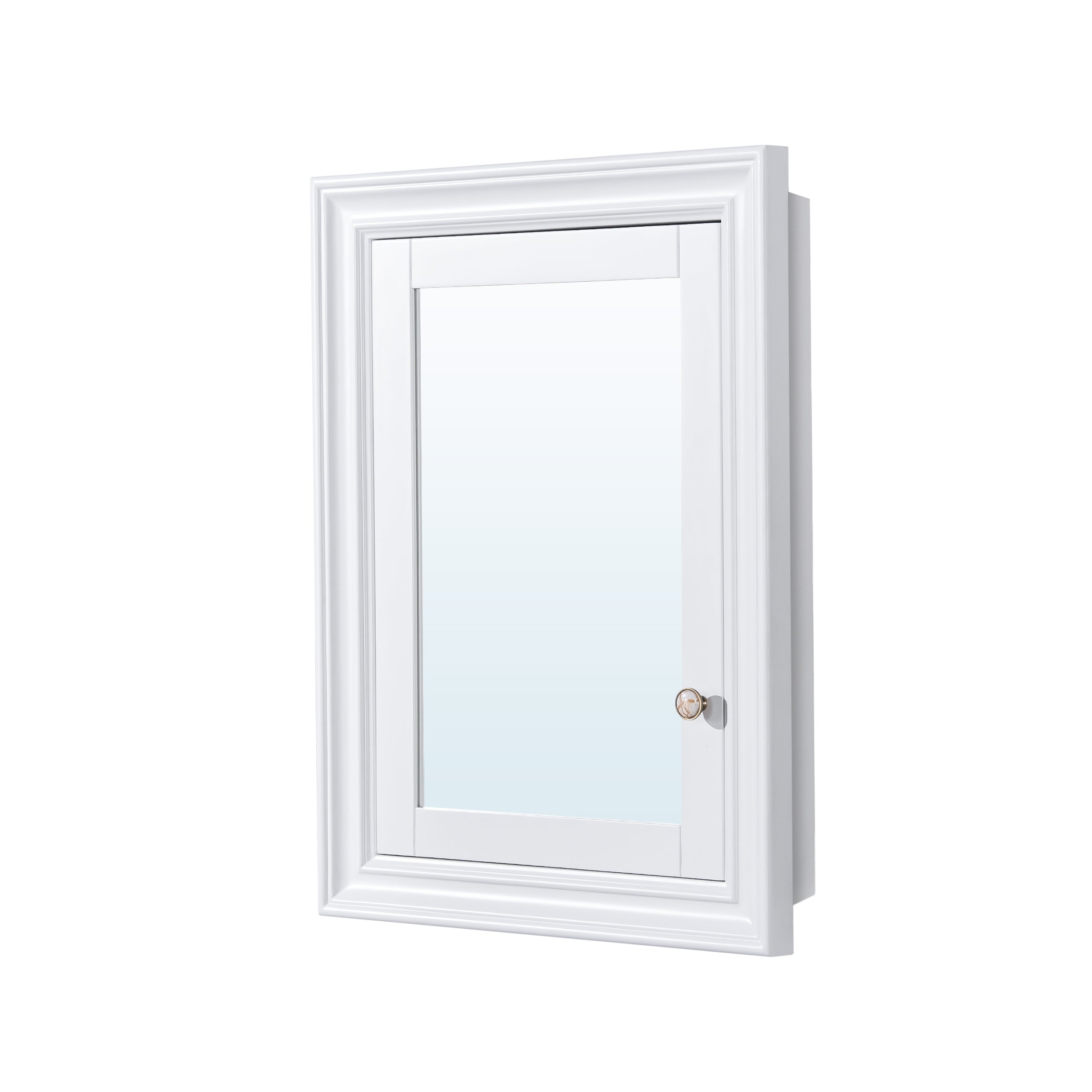
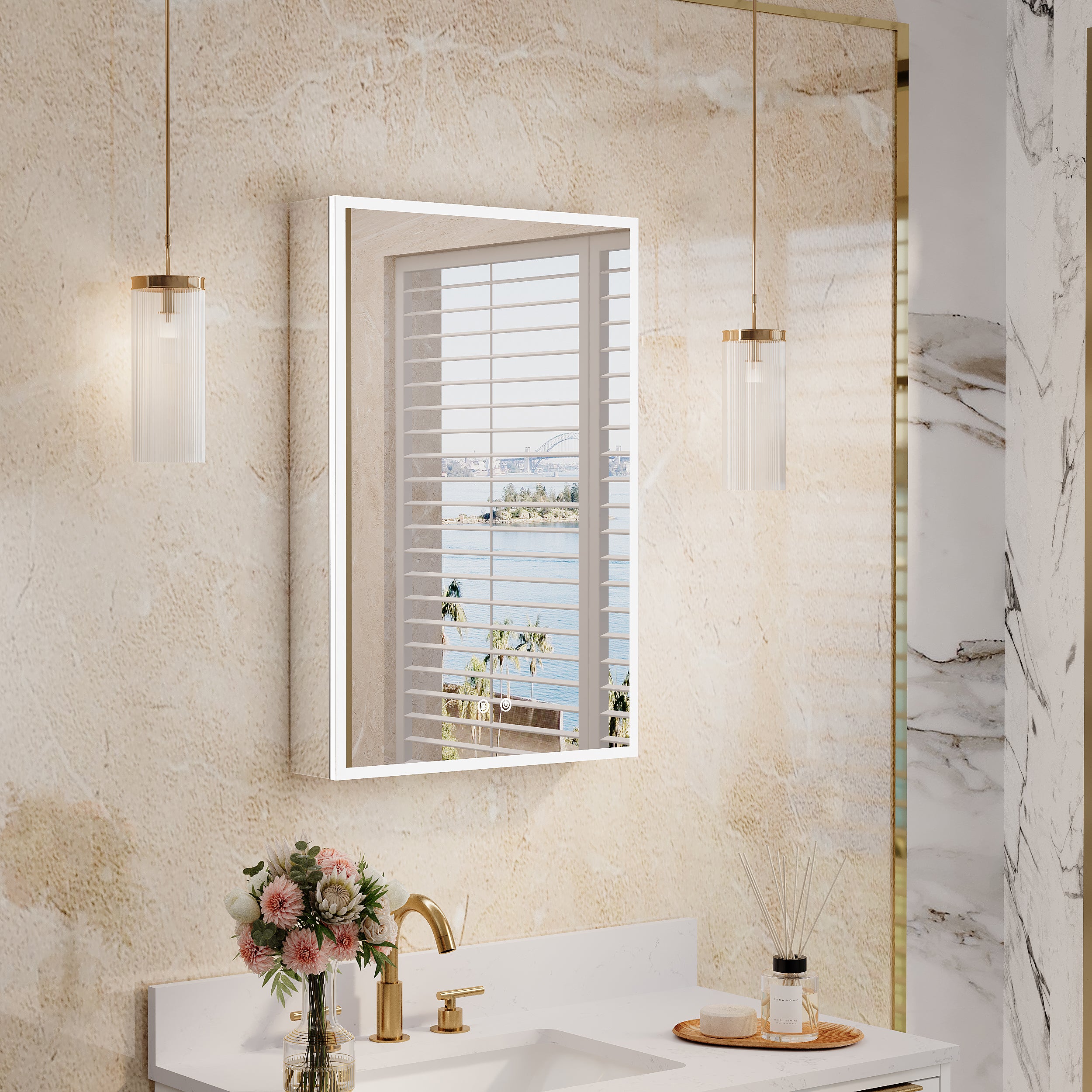
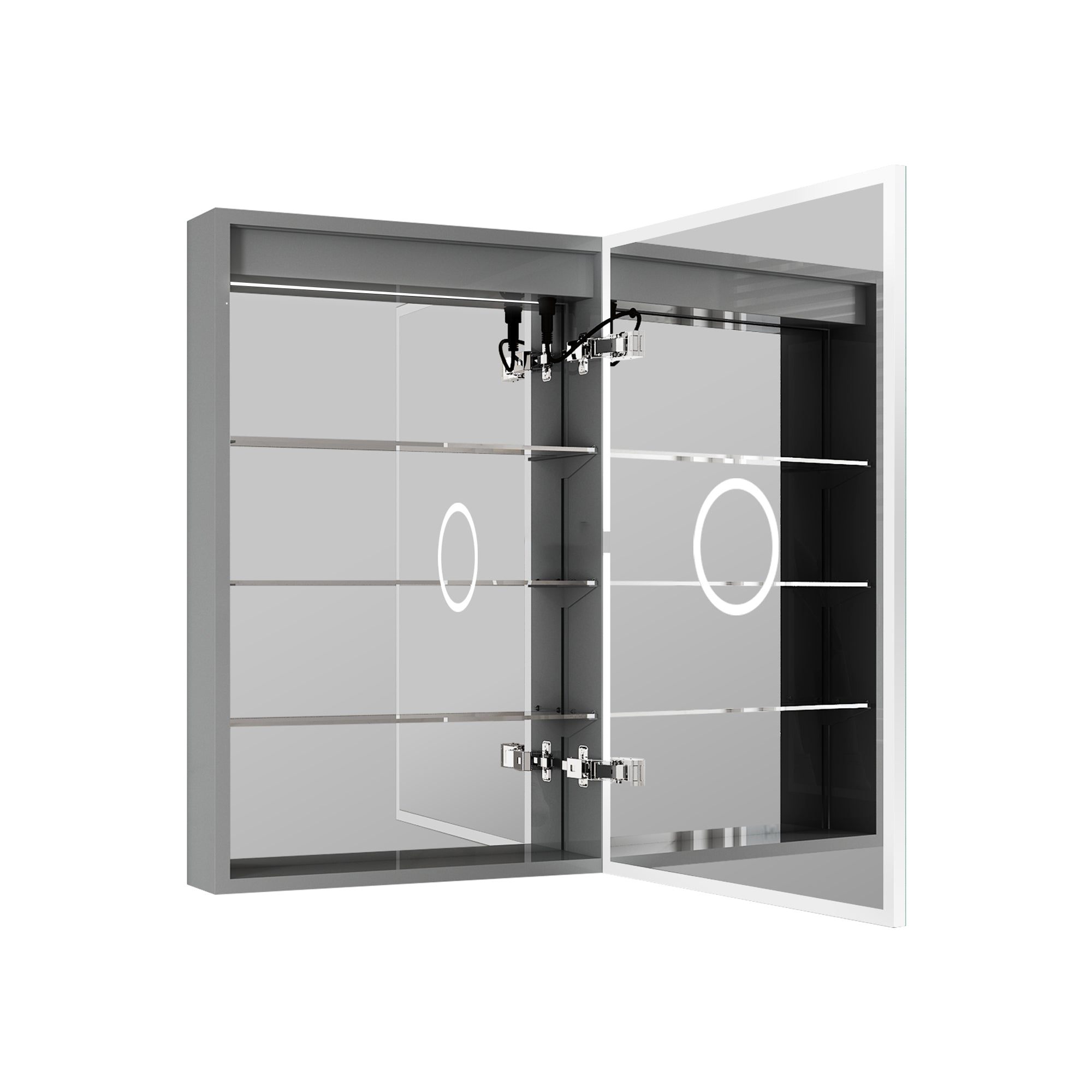
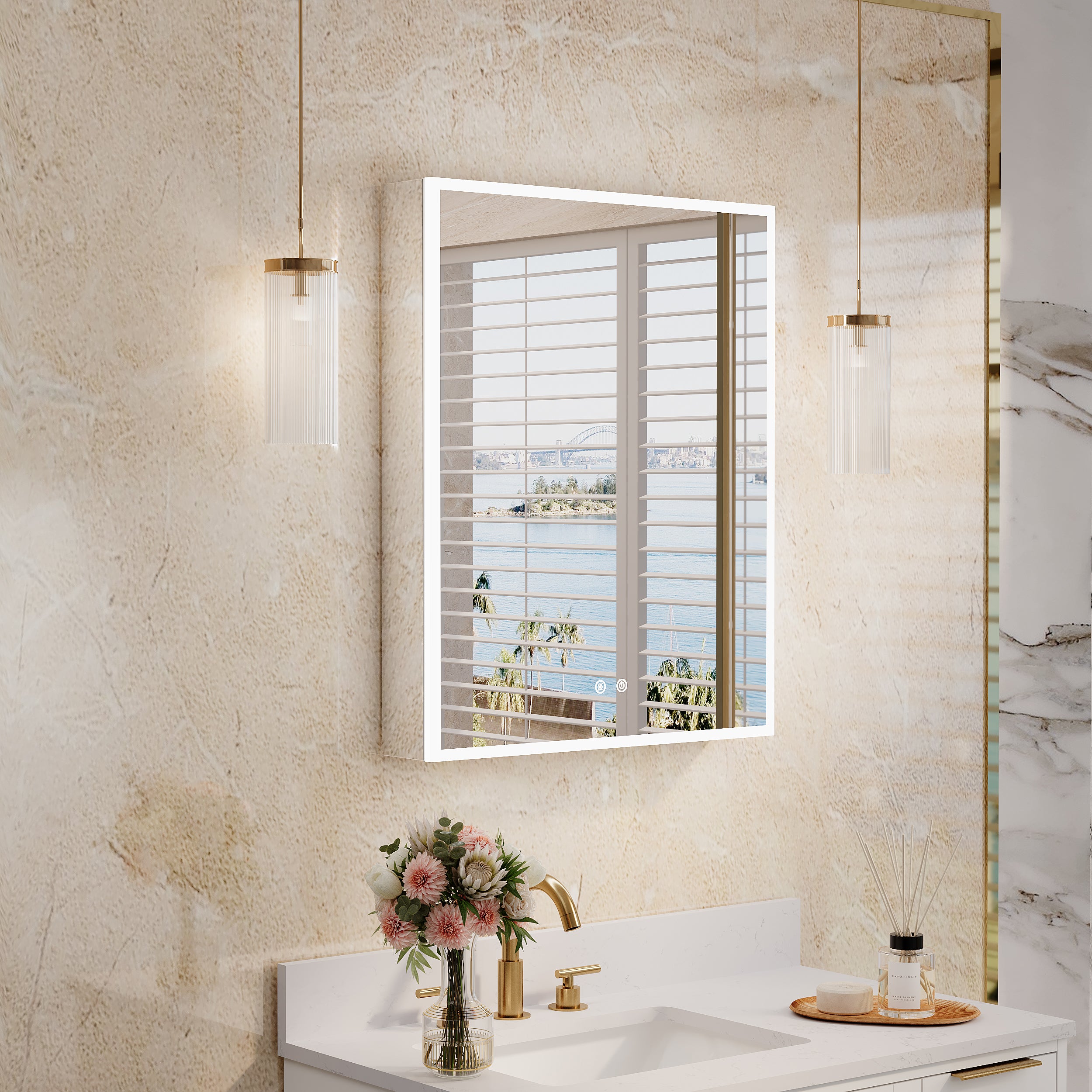
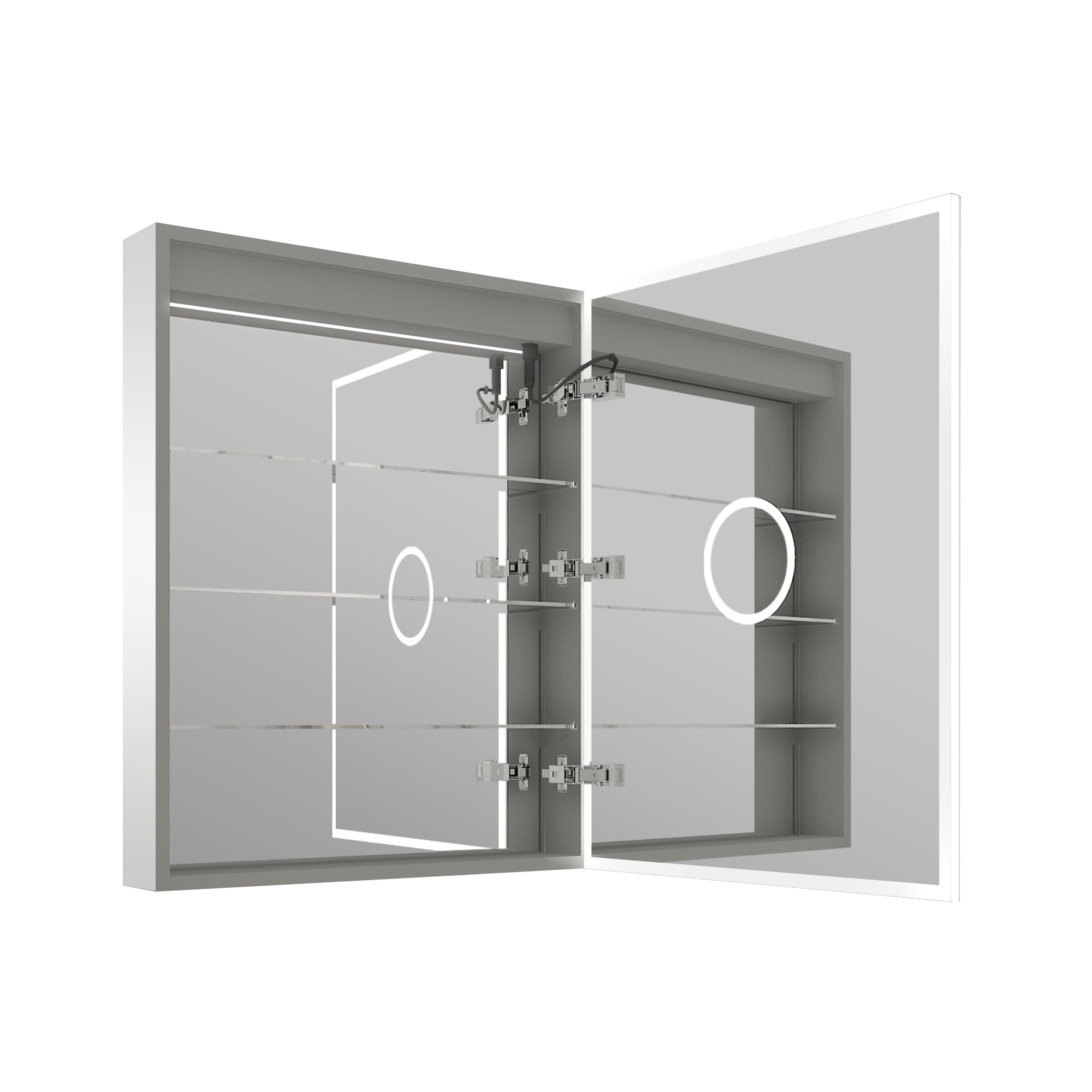
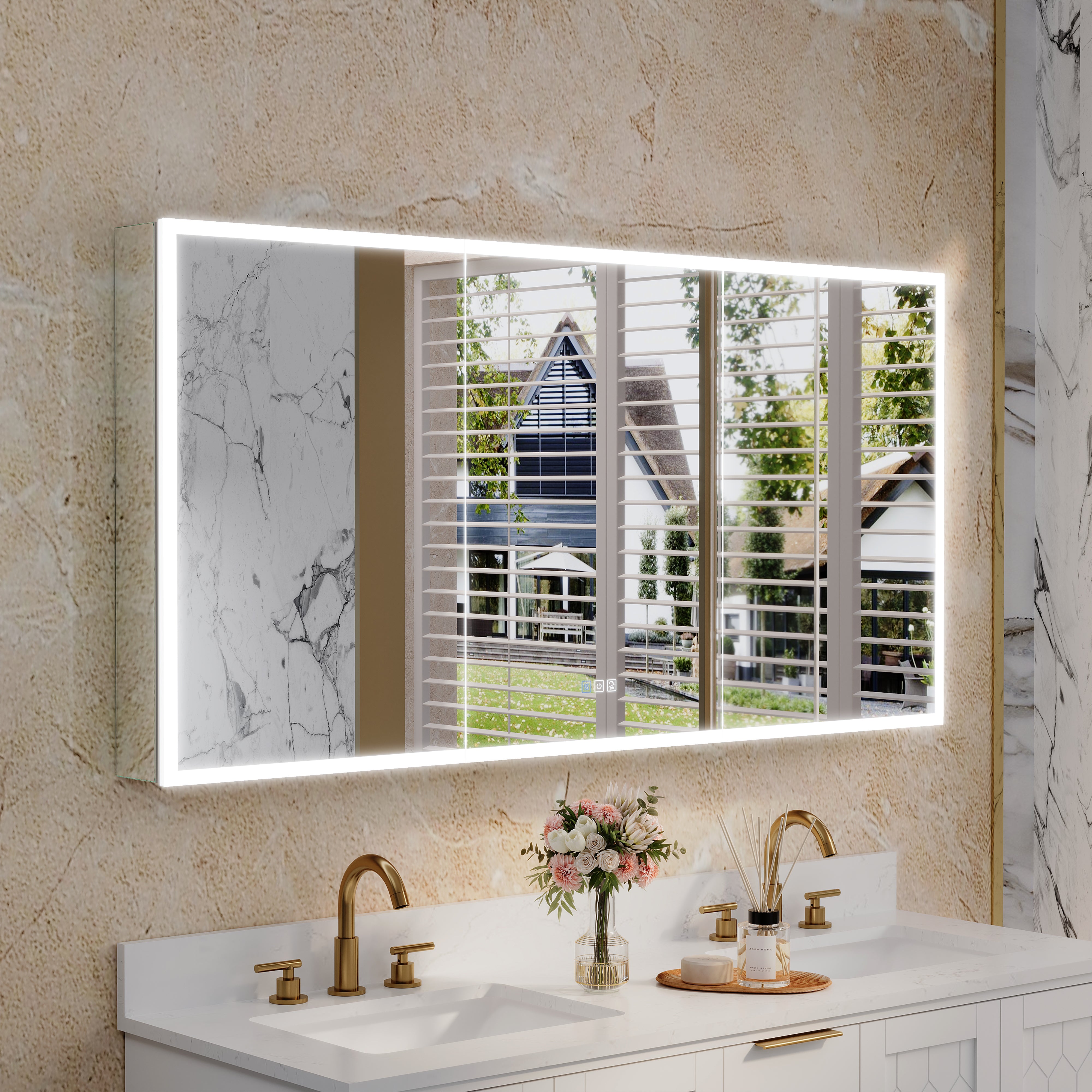
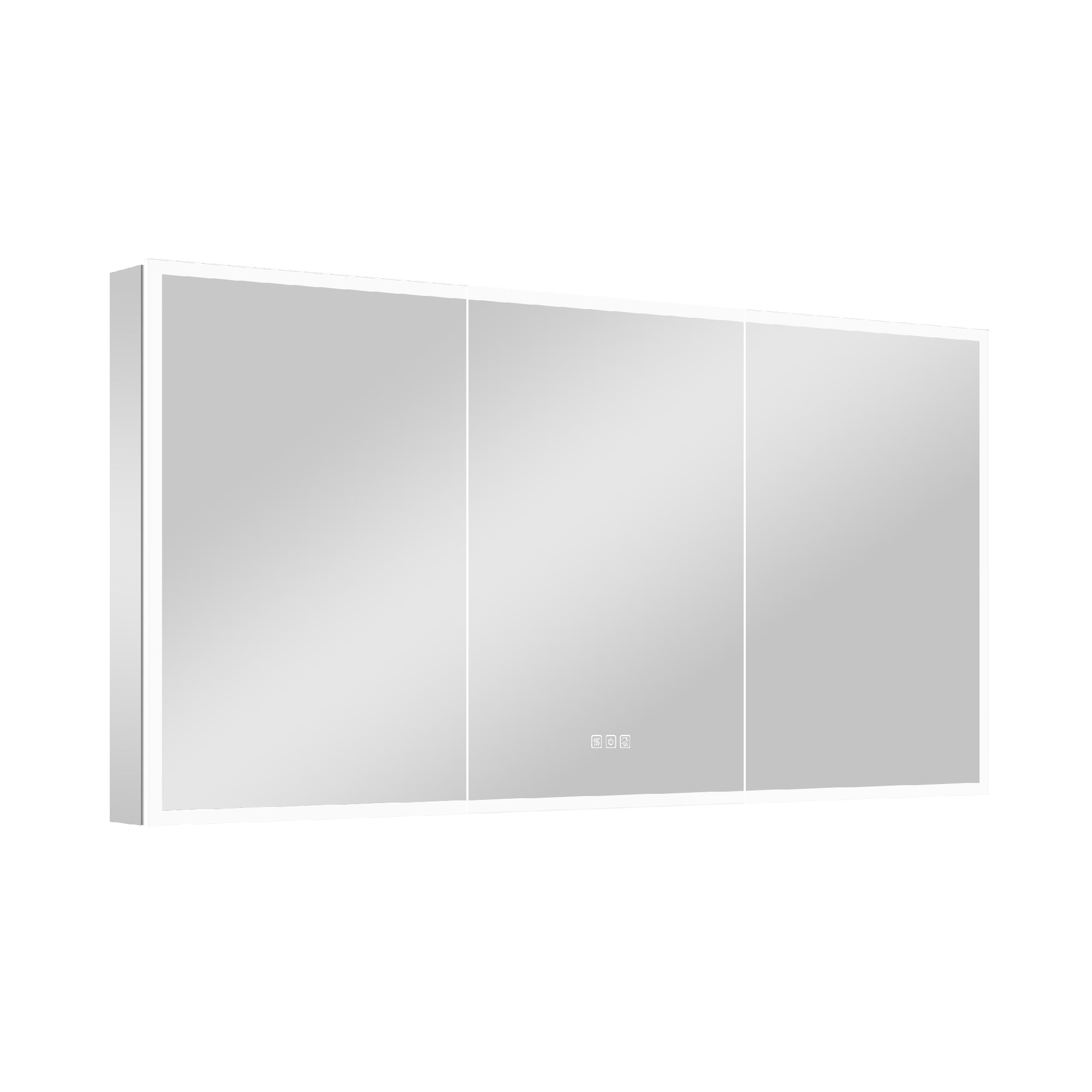
Leave a comment
This site is protected by hCaptcha and the hCaptcha Privacy Policy and Terms of Service apply.